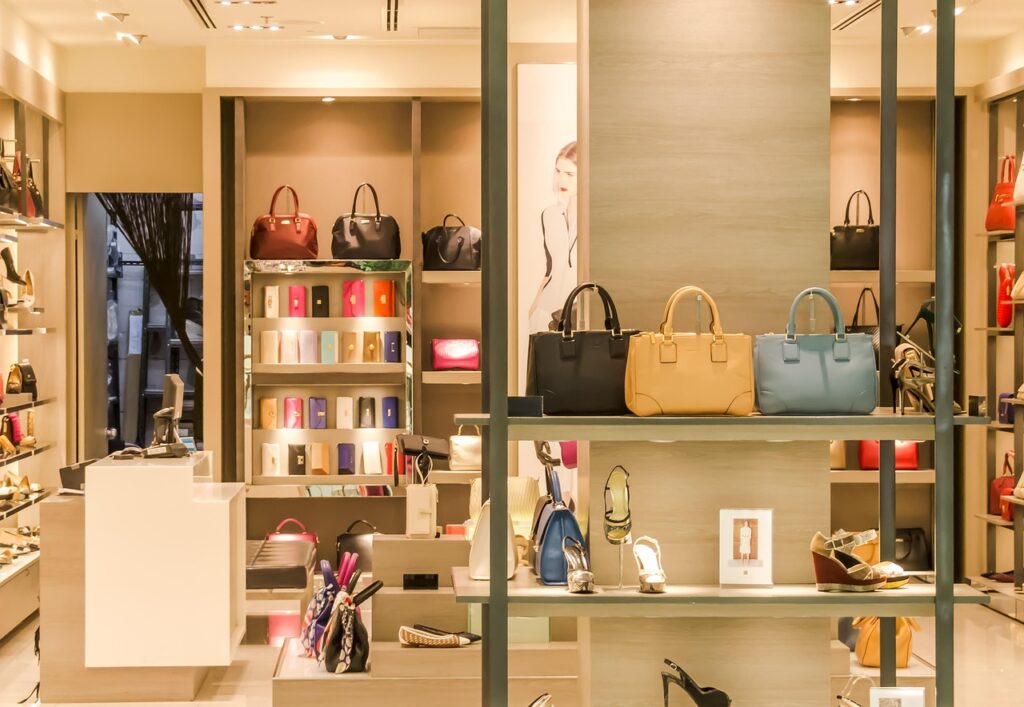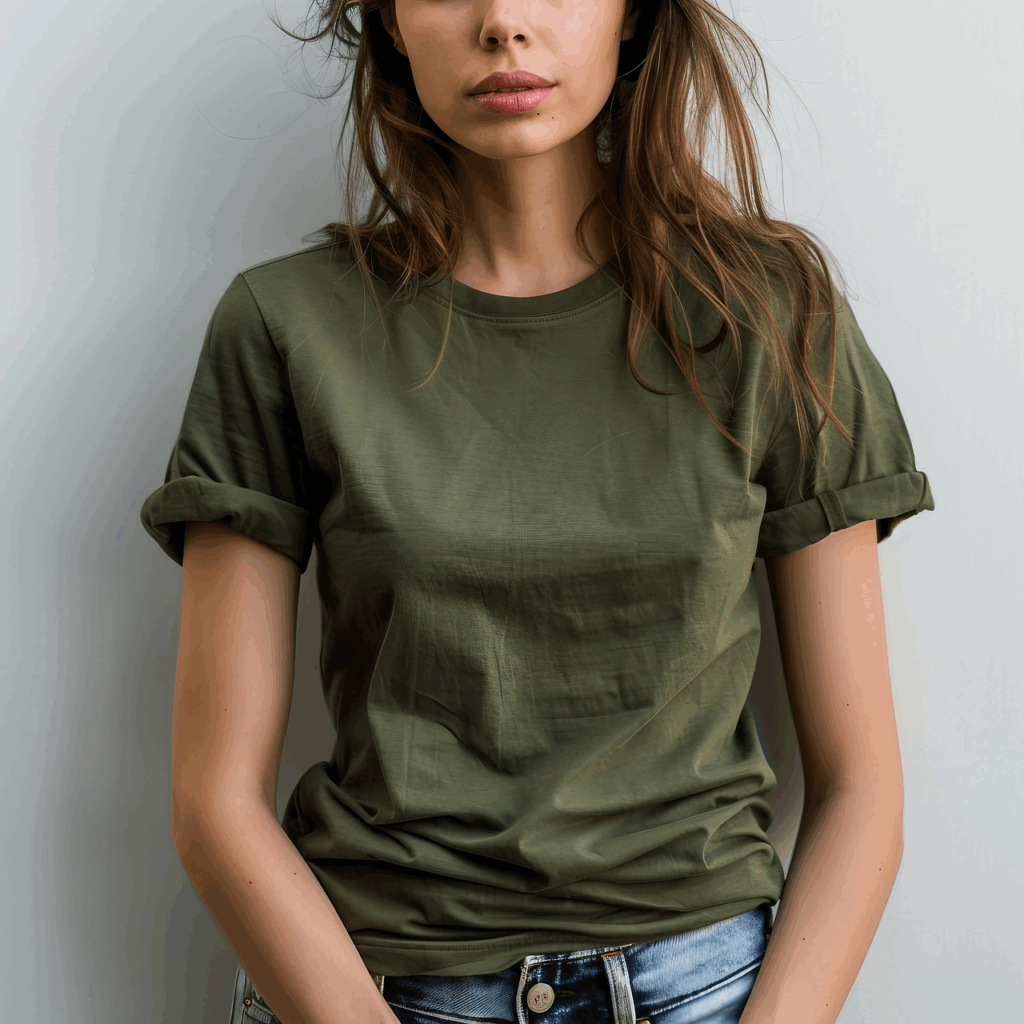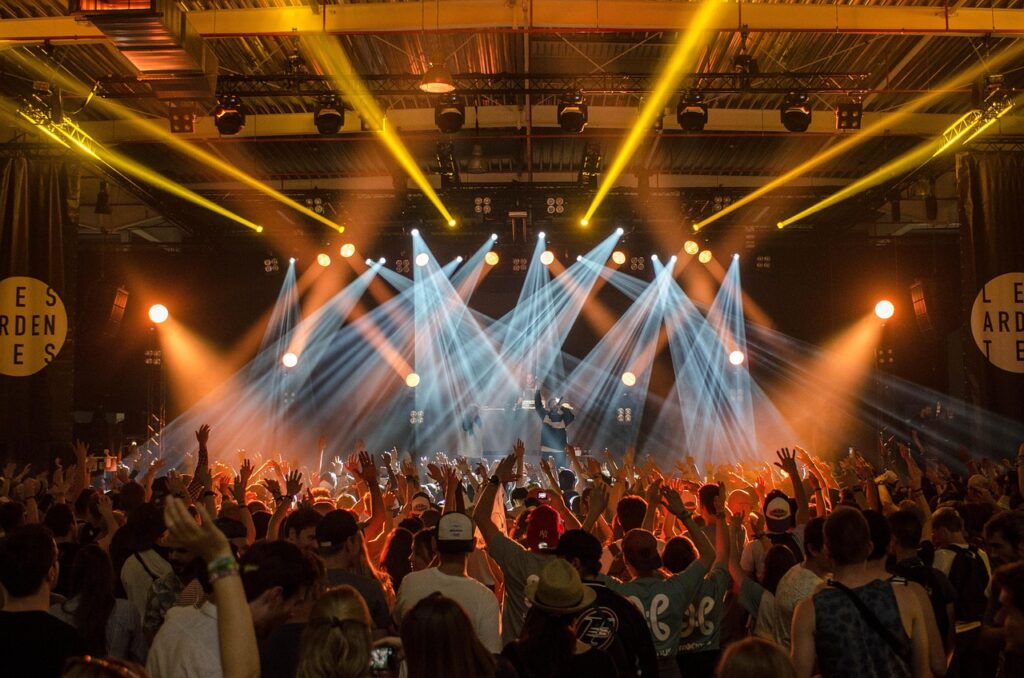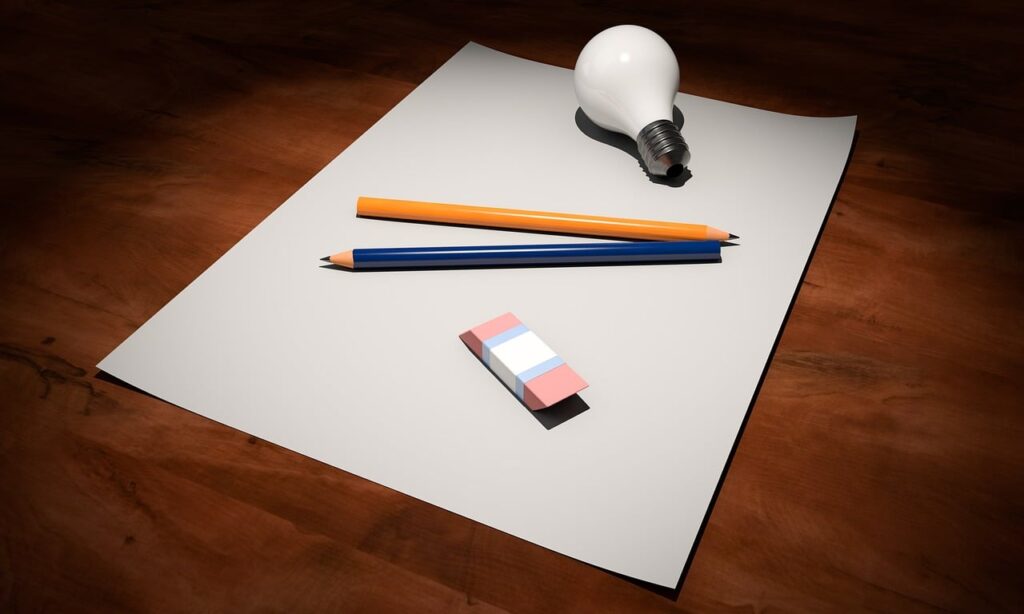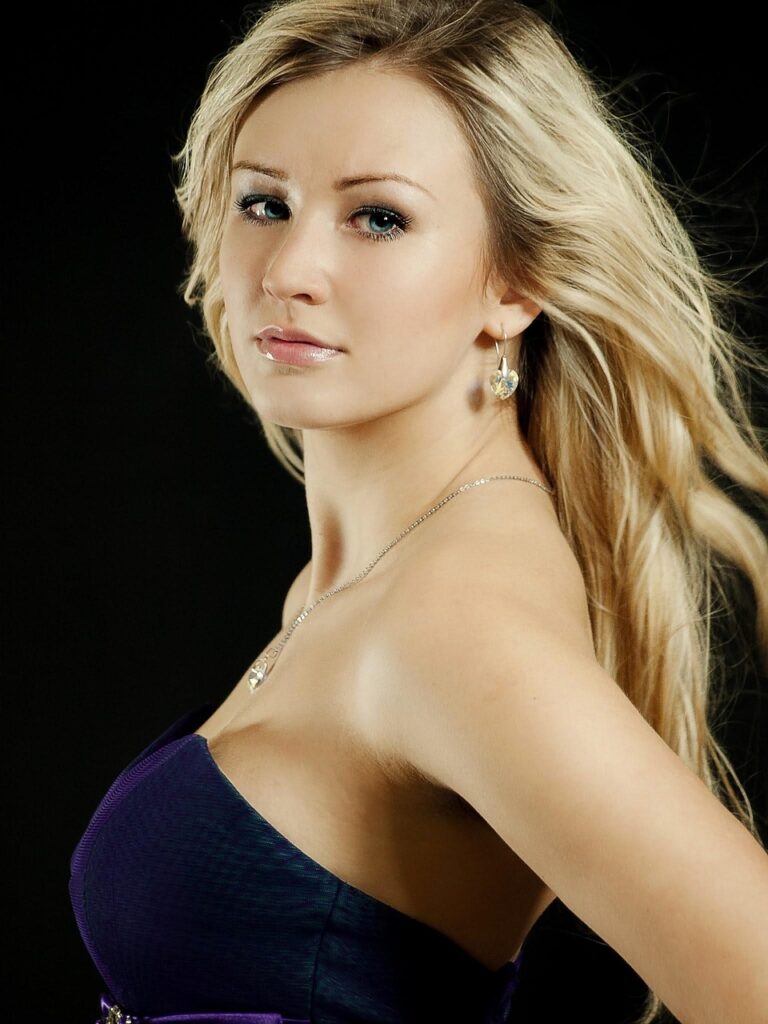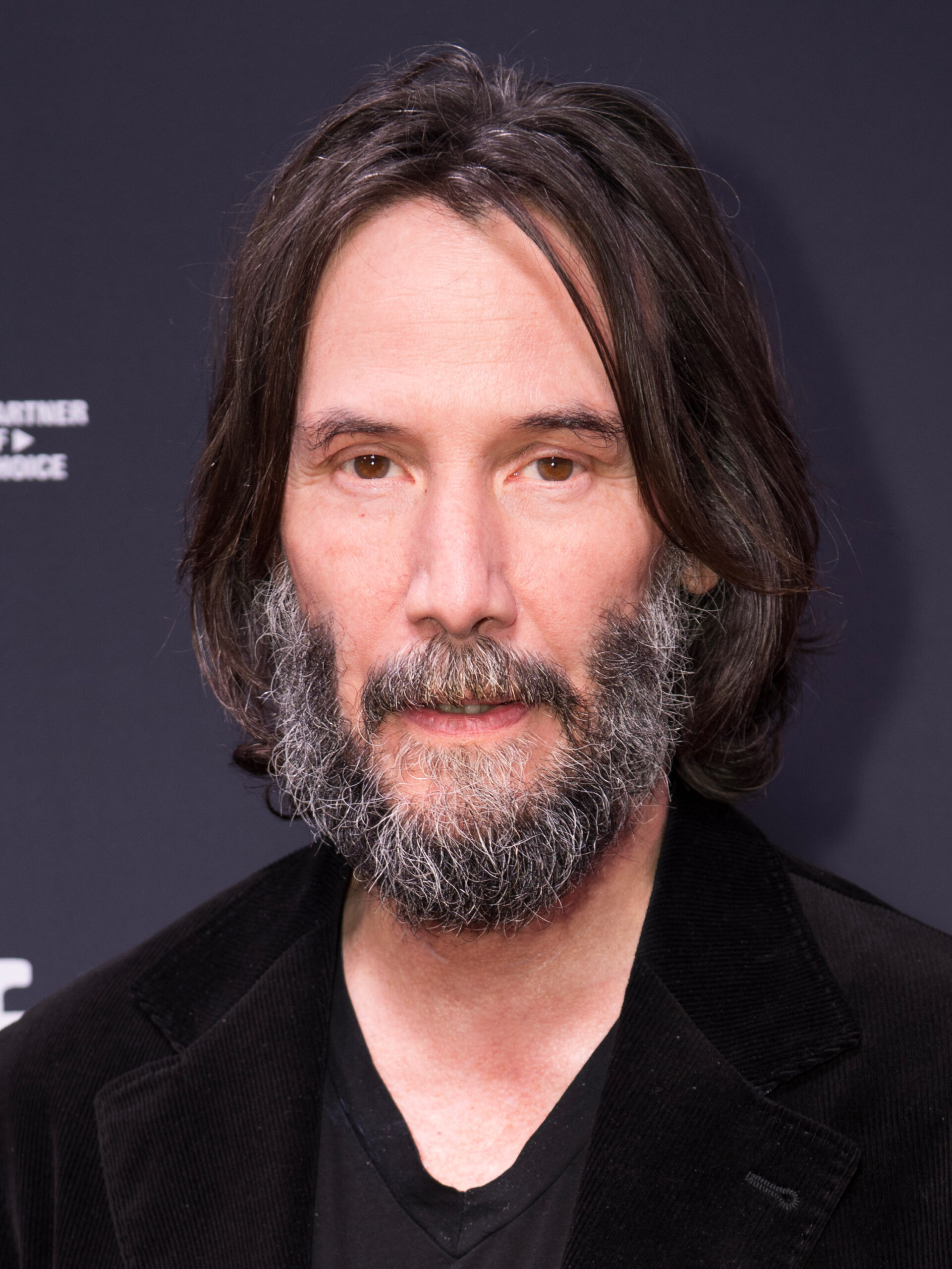
For over a decade, Penny from *The Big Bang Theory* was a constant presence in our living rooms, charming us with her quick wit, relatable struggles, and, let’s be honest, her evolving sense of style. Kaley Cuoco, the brilliant actress behind the beloved character, recently pulled back the curtain on what she *really* thought about Penny’s wardrobe, especially in those formative early seasons, and trust us, her insights are just as engaging as a fresh episode of *The Flight Attendant*. It’s a journey from Juicy Couture to slacks, from high heels to Uggs, reflecting not just a character’s growth but an actress’s own coming-of-age in the public eye.
From 2007 to 2019, Kaley embodied Penny, the aspiring actor-turned-pharmaceuticals rep who lived across the hall from a group of socially awkward Caltech scientists. Her transformation, both personal and sartorial, mirrored the show’s long run and the shift in cultural perspectives over twelve seasons. It’s fascinating to hear directly from Cuoco about how she navigated these changes, not just as a performer, but as a young woman growing up on screen. She didn’t just wear the clothes; she lived in them, developing a keen perspective on what Penny’s outfits truly represented.
What’s truly compelling about Kaley’s revelations is the sense of agency she brought to her character’s look. It wasn’t just wardrobe decisions handed down; it was a collaborative process influenced by her own maturity and evolving comfort. As Penny grew, Kaley grew, and what felt right for a 21-year-old on television shifted dramatically by the time the series wrapped. Let’s dive into her honest reflections and uncover the layers behind Penny’s memorable wardrobe evolution.
1. **The Genesis of Penny’s Look: “Booty shorts, Juicy Couture zip-ups” at 21**When *The Big Bang Theory* first graced our screens, Penny’s initial wardrobe was unapologetically a product of its time and her character’s early portrayal. Kaley Cuoco recalls this period quite vividly, stating, “I started Big Bang at 21 years old. I was the cute girl next door to the nerds. It was all about booty shorts, Juicy Couture zip-ups.” This description paints a clear picture of the aesthetic: youthful, casual, and a little bit flashy, perfectly aligning with the popular fashion trends of the mid-2000s for young women.
The context of the show amplified this look. Penny was the accessible, ‘normal’ foil to the eccentric scientists, and her appearance played into this contrast. The “cute girl next door” archetype often comes with a certain visual expectation, and for Penny, this meant a wardrobe that accentuated her youth and vivacity. It was a stylistic choice that aimed to establish her character’s immediate appeal and distinction from the more buttoned-up, intellectual world of Leonard and Sheldon.
These early outfits weren’t just random choices; they were intentional in defining Penny’s role in the group dynamic. They underscored her ‘outsider’ status in the world of theoretical physics, highlighting her as someone immersed in a different kind of reality – one of auditions, waitressing, and social interactions. It’s a snapshot of a character finding her footing, and the wardrobe was a key visual cue in communicating that journey to the audience from the very first episode.
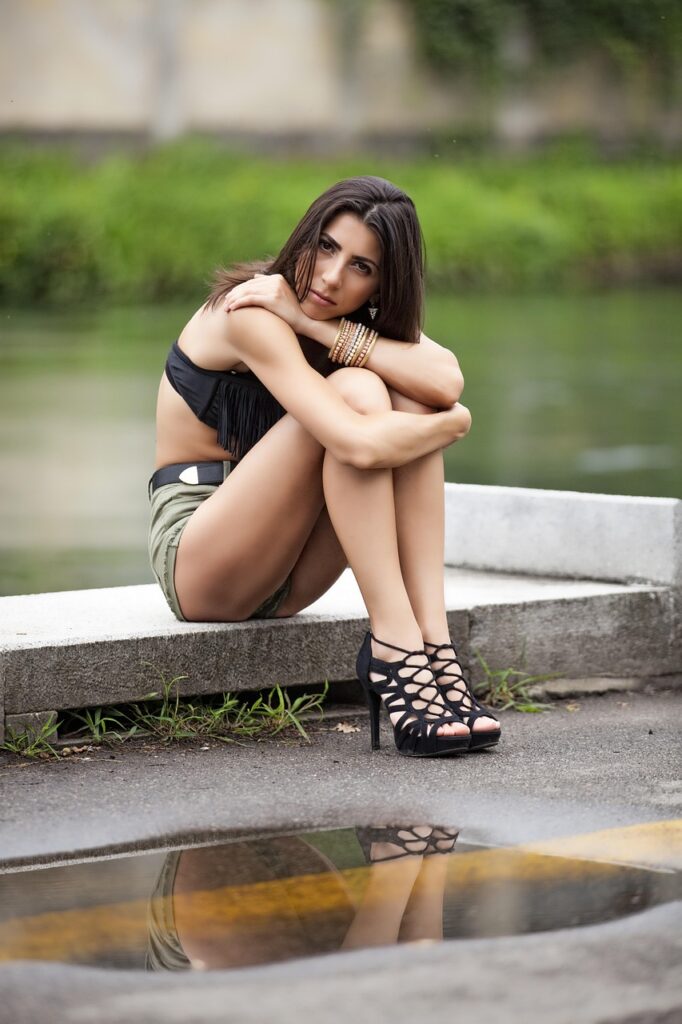
2. **Embracing Youthful Sensation: Kaley’s Natural Inclination to “show that stuff off”**It’s easy to look back at early fashion choices and cringe, but Kaley Cuoco offers a refreshingly honest perspective on her own feelings about Penny’s initial, more revealing wardrobe. She candidly admits, “Also, by the way, at 21 I was hot. I wanted to show that stuff off.” This isn’t just a statement about fashion; it’s a window into the confidence and self-perception of a young woman at the peak of her youth.
Cuoco’s comfort with the early attire wasn’t forced; it was a natural extension of her own age and personal feelings at the time. This insight is crucial because it adds a layer of authenticity to Penny’s character. The wardrobe wasn’t just a costume; it was, in part, a reflection of Kaley’s own readiness to embrace and display her youthful attractiveness. This personal connection surely made embodying Penny’s early look feel more genuine to the actress.
Her statement also speaks to a universal truth about youth – that desire to celebrate one’s body and feel good in what you wear. For a character like Penny, who was often depicted as confident and comfortable in her own skin, this personal alignment from Kaley likely enhanced the portrayal. It’s a refreshing reminder that the people behind the characters often bring their own lived experiences and perspectives to the roles they play.
3. **The Shift Towards Comfort and Practicality: The Move to “long sleeve shirt,” “slack,” and “loafer”**
As the years on *The Big Bang Theory* progressed, both Penny and Kaley underwent significant transformations. This evolution was profoundly reflected in Penny’s wardrobe, moving away from the overtly youthful and revealing styles. Kaley vividly recounts this shift, explaining, “And as the years went on – Penny grows up, Kaley grows up – all of a sudden it’s like, ‘Can I have a long sleeve shirt? How about a slack? How about a loafer? I never wanna see that high heel again!'”
This deliberate push for more practical and comfortable attire wasn’t merely a stylistic preference; it was a clear indicator of Penny’s maturation. As her character settled into a more stable career as a pharmaceuticals rep and her relationships deepened, the need for ‘show-off’ clothing diminished. The request for “long sleeve shirt” and “slack” speaks to a desire for professionality and comfort over purely aesthetic considerations, reflecting a woman who is more grounded and self-assured in her identity beyond superficial appearances.
Kaley’s active involvement in advocating for these wardrobe changes highlights her investment in Penny’s authentic growth. It wasn’t just a passive acceptance of new clothes but an active desire to ensure Penny’s external presentation aligned with her internal development. Ditching the high heels for loafers is a particularly telling detail, symbolizing a move towards functionality and away from discomfort often associated with more ‘glamorous’ but impractical footwear.
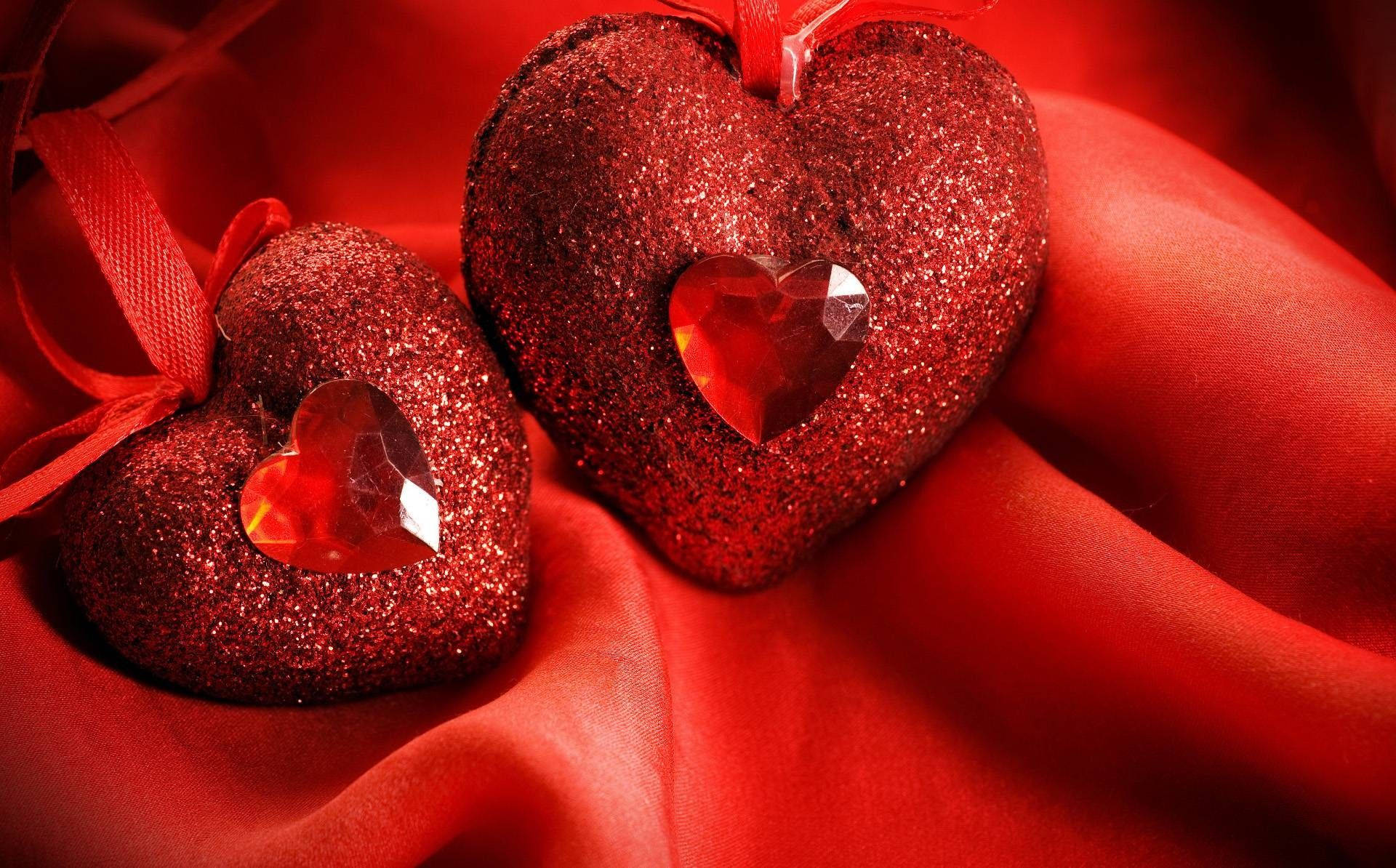
4. **A Love Affair with Uggs: Penny’s Ubiquitous Comfortable Footwear**Among the many sartorial shifts Penny experienced, one constant comfort remained: her Uggs. Kaley Cuoco fondly remembers this aspect of Penny’s wardrobe, humorously revealing, “I had every colour of the Uggs – Uggs with shorts, those were the days!” This casual confession paints a picture of a character, and perhaps an actress, who truly valued comfort, even when paired with less conventional items like shorts.
Uggs, for many, represent a certain laid-back, effortlessly cool vibe, and their presence in Penny’s wardrobe speaks volumes. They underscored her down-to-earth personality and her willingness to prioritize comfort in her everyday life, a stark contrast to the often-stuffy intellectual pursuits of her scientist friends. These boots became a staple, signifying Penny’s approachable and unfussy nature, even as other parts of her wardrobe evolved.
The enduring presence of Uggs throughout Penny’s style journey offers a delightful touch of continuity and relatability. It suggests that while Penny might have shed the “booty shorts,” her core identity as someone who values ease and warmth remained. It’s a small but significant detail that anchors her character in a sense of comfortable authenticity, something many viewers could undoubtedly connect with.

5. **Wardrobe as Self-Deprecating Humor: Finding the Funny in Any Outfit**Beyond the aesthetics and personal comfort, Kaley Cuoco also recognized the inherent comedic value in Penny’s early wardrobe. She asserted, “I don’t think it was hard to wear that stuff and be funny, I think. I love being funny no matter what. I think even that was kind of self-deprecating.” This perspective reveals a deeper understanding of how Penny’s clothing contributed to her comedic persona.
Penny’s early outfits, while sometimes revealing, were never presented in a way that detracted from her ability to deliver punchlines or engage in humorous situations. In fact, the contrast between her ‘cute girl next door’ appearance and her sharp wit or occasional exasperation often added another layer to the comedy. Cuoco understood that humor wasn’t dependent on a particular style; it was an innate part of Penny’s character.
This self-deprecating element suggests that Penny, despite her appealing looks, was never taking herself too seriously. Her wardrobe was part of the overall package, contributing to a character who was relatable and funny in various contexts, without letting her fashion choices overshadow her comedic talent. It speaks to Cuoco’s skill in making Penny funny regardless of what she was wearing, proving that true humor transcends superficial appearances.
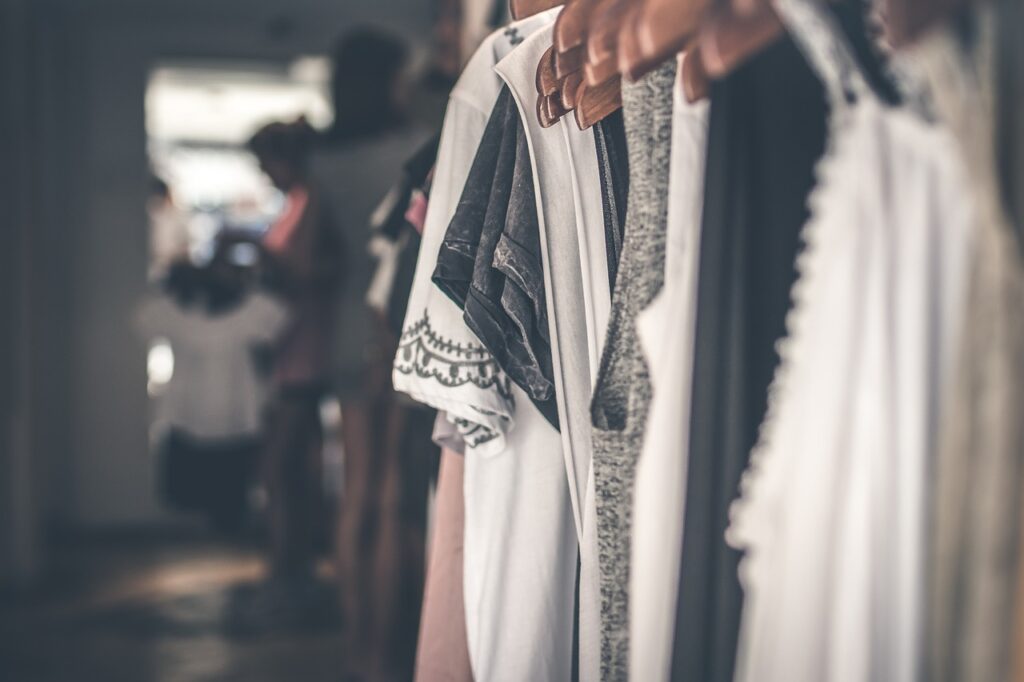
6. **The “Different Time” Context: Reflecting on Evolving Fashion and Societal Norms**Looking back at Penny’s early wardrobe, Kaley Cuoco thoughtfully places it within a specific historical and cultural context, remarking, “And also that was so long ago. When I think about how many years ago that was… it was a different time.” This simple statement carries significant weight, acknowledging how much fashion trends and societal expectations for women’s on-screen appearances have shifted since *The Big Bang Theory* premiered in 2007.
The early 2000s, with its embrace of low-rise jeans, tracksuits, and more revealing silhouettes, certainly influenced Penny’s initial look. What was considered commonplace or even trendy then might be viewed differently through today’s lens. Cuoco’s reflection isn’t about judgment but about recognizing the evolution of taste and the broader cultural conversation around female representation in media.
Her observation reminds us that wardrobe choices on television are not made in a vacuum. They are products of their era, reflecting prevailing styles and sensibilities. As both Kaley and the world matured, so too did Penny’s attire, signaling a departure from previous norms and an embrace of more contemporary approaches to character styling. It’s a testament to the dynamic nature of both fashion and storytelling, adapting to changing times.
While Kaley Cuoco’s candid reflections offer a fascinating peek into Penny’s personal style journey, it’s just one part of the story. To truly understand the evolution of this iconic character’s look, we absolutely have to dive into the minds of the creative forces behind *The Big Bang Theory*. What did creators Chuck Lorre and Peter Roth envision for Penny? And how did their evolving understanding of her character fundamentally shape not just her narrative, but her on-screen presence and, yes, her wardrobe? Prepare for some seriously insightful revelations.
7. **Penny as the Audience’s Guiding Light: The Crucial Role of an On-Screen Avatar**It’s almost impossible to imagine *The Big Bang Theory* without Penny, but did you know Kaley Cuoco wasn’t in the original unaired pilot? Both Chuck Lorre, the show’s creator, and Peter Roth, former Warner Bros. Television Group chairman, wholeheartedly agreed that Cuoco’s character wasn’t just good, she “vastly improved the episode” that ultimately made it to air. From the very beginning, Penny was designed to be something truly special: a bridge, a translator, an on-screen avatar for us, the audience.
Lorre spoke about the initial dynamic, explaining how characters like Leonard and Sheldon “could be as obnoxious, or for Sheldon, as off-putting as possible, but you forgave them, because there was this kind of childish naivete.” Penny, with her accessible charm and relatable humanity, was the key to unlocking that forgiveness. She made the eccentric world of theoretical physics feel welcoming, guiding viewers through the complex, often hilarious, social landscape of the nerds across the hall.
Peter Roth further contrasted Cuoco’s character with that of Katie, one of the female leads in the unaired pilot. He observed that Penny “was never judgmental about these characters. She was bemused by them. In fact, they brought more judgement to her than she did ever of them.” This non-judgmental stance was pivotal. It allowed the audience to see the scientists through a lens of affection and humor, rather than criticism, establishing the warm, enduring dynamic that defined the series.
8. **The Flawed Start: Chuck Lorre’s Candor on Penny’s Initial Portrayal**Despite Penny’s immediate positive impact, Chuck Lorre offered a surprisingly candid confession: even the version of the pilot episode that ultimately aired was “deeply flawed,” particularly when it came to Penny herself. This is a remarkable admission from a showrunner, highlighting a genuine commitment to character development and acknowledging that even successful creative endeavors have their initial stumbles. It’s a testament to the iterative nature of television production and the ongoing process of discovering a character’s true essence.
Lorre admitted that it took *The Big Bang Theory* a while to truly “get the character right.” This wasn’t an instant, fully-formed masterpiece; Penny, like any complex human, was a work in progress. It implies that while her foundational role as an audience surrogate was crucial, the deeper nuances and layers of her personality weren’t immediately apparent to the writers. This ongoing discovery process is part of the magic of a long-running series, allowing for organic growth and refinement.
In those very early episodes, Lorre described Penny in terms that, in hindsight, seem almost simplistic: she was a “goofy blonde who says foolish things.” This initial, somewhat superficial understanding of her character laid the groundwork for where she would begin, but it also set the stage for a much richer, more nuanced development that the creative team would thankfully uncover over time. It’s a poignant reminder that even beloved characters can start from humble, and sometimes misjudged, beginnings.
9. **Beyond the ‘Goofy Blonde’: Unpacking Penny’s Undiscovered Intelligence**Lorre didn’t shy away from labeling their initial portrayal of Penny as a “cliched character: the dumb blonde.” It’s a stark, self-aware critique of how they might have unintentionally boxed her in at the very beginning. This revelation speaks volumes about the show’s commitment to growth, moving beyond easy stereotypes to find the genuine depth within its characters. It shows that even in successful sitcoms, creators are constantly reflecting and striving for more meaningful portrayals.
Crucially, Lorre lamented, “And we missed it. We didn’t have that right away that what she brought to this story, this series, to these other characters was an intelligence that they didn’t have.” This isn’t about book smarts or scientific prowess; it’s about a different kind of brilliance, one that was essential to balance the show’s intellectual core. Penny’s unique brand of wisdom was initially overlooked, waiting to be unearthed by the creative team.
This distinct “kind of intelligence that was alien to them,” as Lorre described it, was “an intelligence about people and relationships and family.” It was her emotional IQ, her street smarts, her profound understanding of social dynamics that truly set her apart. While Sheldon could quote theoretical physics equations, Penny could navigate complex human interactions with an innate grace that the scientists desperately lacked, making her indispensable to the ensemble.
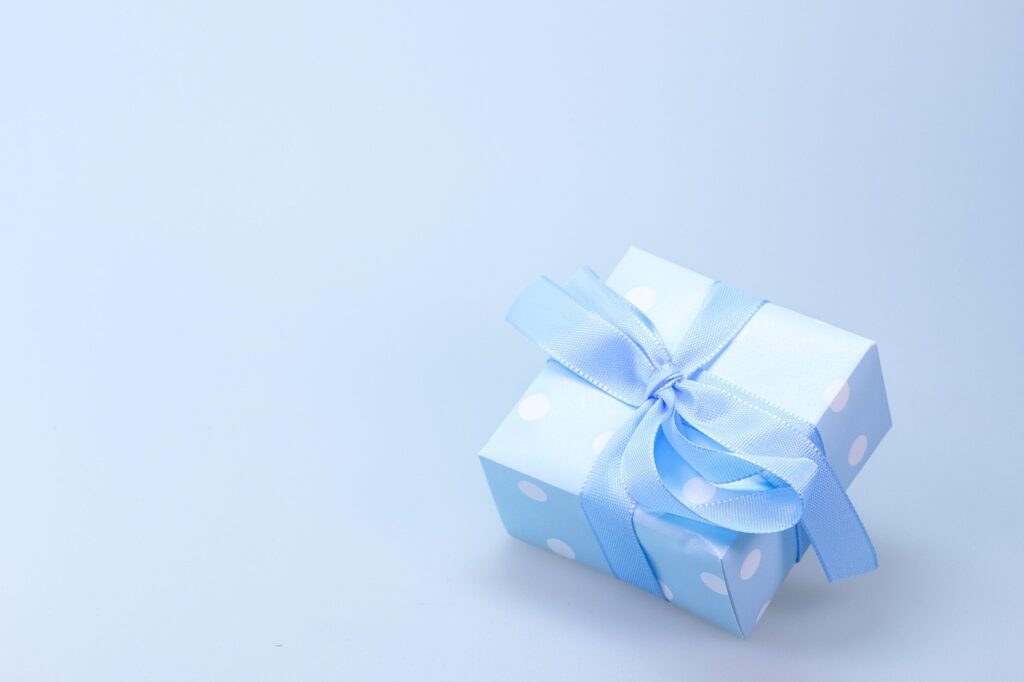
10. **A Human Touch: How Penny Bridged the Gap for the Scientists**The central premise of *The Big Bang Theory* revolved around brilliant minds who, despite their intellectual gifts, often stumbled when it came to basic human interaction. Sheldon, Leonard, and their friends were masters of the cosmos but novices in social etiquette. This inherent contrast provided endless comedic fodder, but it also created a need for a character who could ground them, who could show them the ropes of everyday life.
Penny was precisely that anchor. Lorre perfectly articulated her invaluable contribution, stating, “She brought a humanity to them that they were lacking.” This wasn’t merely about teaching them how to order food or pick up social cues; it was about injecting empathy, emotional understanding, and genuine human connection into their often-isolated scientific bubble. She was their window to the world outside their labs and comic book stores.
Her ability to navigate relationships, confront emotions, and simply *be* a friend in a genuine way provided a vital counterpoint to their academic pursuits. Penny’s humanity made the scientists more relatable, their quirks more endearing, and their journey of growth more profound. Without her, the show risked becoming a purely intellectual exercise; with her, it became a heartfelt exploration of friendship, love, and what it truly means to be human.

11. **The Gift of Time: Learning and Evolving Penny’s Character Arc**Chuck Lorre’s honest assessment that “In the beginning she was sadly one-dimensional in many ways” serves as a powerful reminder that even the most beloved characters require time and careful nurturing to fully blossom. It’s a testament to the collaborative spirit of television production that creators are willing to continually re-evaluate and deepen their understanding of their characters as a series progresses. This initial one-dimensionality was not a fault, but merely a starting point.
What truly allowed Penny to evolve beyond her initial portrayal was, as Lorre put it, “the gift of a TV series that starts working is you get time to learn.” A successful show isn’t static; it’s a living, breathing entity that learns about itself with each passing episode. This extended runtime gave the writers, directors, and actors the space to experiment, to explore Penny’s reactions, her motivations, and her untapped potential, allowing her true personality to emerge organically.
This learning process wasn’t confined to her dialogue or storylines; it profoundly influenced her external presentation, including her wardrobe. As Kaley Cuoco herself actively pushed for more comfort and practicality, and as the creators understood Penny’s deeper, less stereotypical intelligence, her style naturally evolved. The shift from “booty shorts” to “slacks” and “loafers” was a visual manifestation of a character becoming more grounded, more professional, and more genuinely herself, reflecting the collective understanding that had grown over seasons.
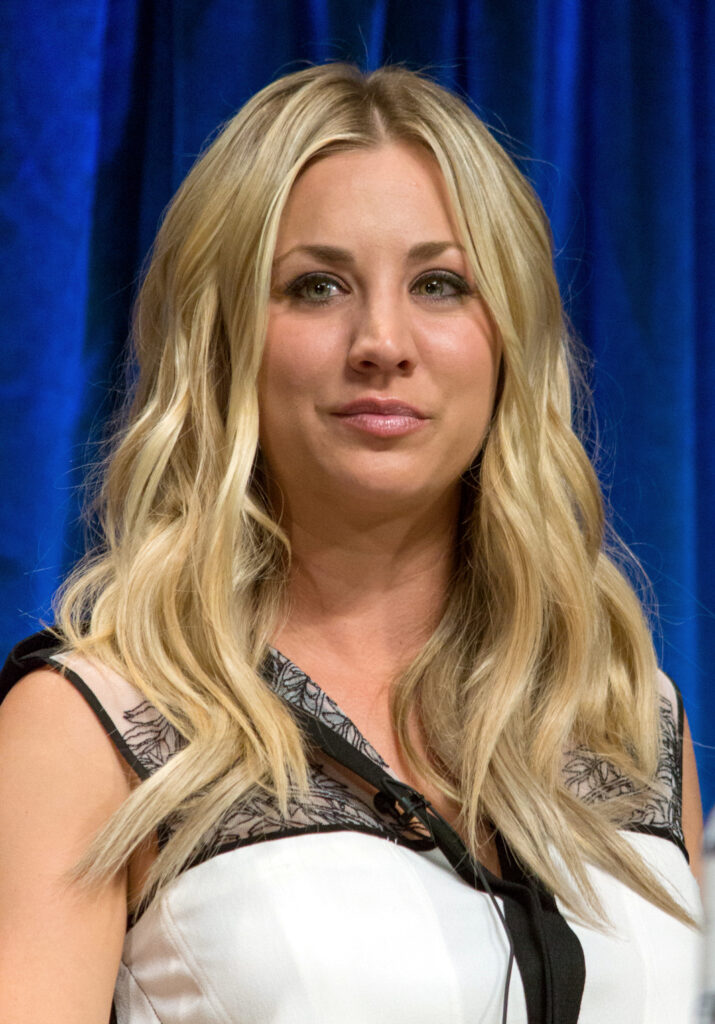
12. **The Enduring Impact: Penny’s Legacy as More Than Just a Neighbor**Looking back at Penny’s remarkable journey through the lens of *The Big Bang Theory*’s creators, it’s clear her impact was far greater than initially conceived. From her initial, somewhat “cliched” portrayal as a “goofy blonde” to her eventual emergence as the show’s emotional bedrock, Penny became a character of profound substance. Her evolution wasn’t just a byproduct of the show’s run; it was a driving force behind its enduring appeal and relatability.
Peter Roth eloquently summarized her lasting influence, noting that “The audience wanted to protect these two boys, these two men, these two innocents, and [Cuoco] honored that.” Penny’s genuine “sweetness” and “endearment” towards Leonard and Sheldon fostered a protective affection from viewers, creating a bond that transcended the comedic antics. She didn’t just witness their growth; she actively participated in it, softening their edges and broadening their horizons.
Ultimately, Penny’s legacy in pop culture is a powerful narrative about growth, agency, and breaking free from initial perceptions. Both Kaley Cuoco’s personal input and the creators’ deepening understanding allowed Penny to transform from a “cute girl next door” into a smart, empathetic, and indispensable force. Her wardrobe evolution, mirroring her journey from youthful exuberance to mature confidence, serves as a sartorial diary of a character who, against all odds, proved that true intelligence comes in many forms, and true humanity can be found in the most unexpected places. Penny wasn’t just a neighbor; she was the heart of *The Big Bang Theory*, leaving an indelible mark that continues to resonate with fans worldwide.

